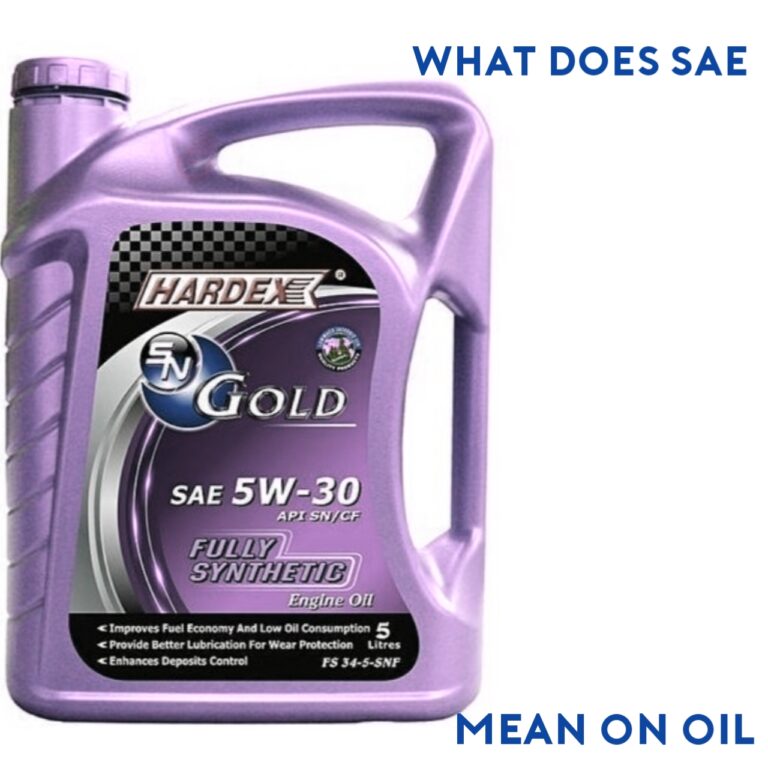The organization responsible for setting the standards for different automotive components, including engine oils, is called SAE.
SAE is an acronym for the Society of Automotive Engineers. So, the next time you come across an oil bottle labeled with an SAE rating, it’s just a code to tell you information about the oil viscosity and flow.
Viscosity refers to a fluid resistance to flow, i.e., oil resistance to flow in an engine. The SAE grade on the container consists of two numbers separated by the letter ‘W.’ In cold weather, the oil viscosity measurement is below 0; meanwhile, in hot weather, it is measured at 100°C.
The letter W stands for “Winter“. The first number denotes the oil viscosity in cold temperatures, while the second number reflects its viscosity in hot or warm conditions (usually measured from 0°C to 100°C)
In summary, SAE stands for the Society of Automotive Engineers and is responsible for providing a classification system for oil viscosity.
This article will explain the meaning of SAE and how to adequately decode it on an engine oil container.
What does SAE 5W 30 mean?
Let’s consider an oil labeled with the SAE 5W-30 code as an example:

The “5W” shows that the oil has a lower viscosity in cold weather, assuring easy starting and enough lubrication during cold mornings.
The “30” indicates the oil viscosity at higher temperatures. It helps maintain lubrication as the engine operates under heat.
However, I’ll give you a pro tip to keep in mind when choosing an oil for your engine:
If you live in a cold region, opt for oil with a lower first number in their SAE rating. E.g., 0W to 15W. Meanwhile, those living in hotter regions should opt for oil with a higher second number in their SAE rating, e.g., 40 or 50.
With that being said, it’s also important to note that these oils are categorized into two:
- Monograde Oils (suits a specific temperature)
- Multigrade Oils (suitable for various temperature changes)
- Multigrade Oils: These types of oil are suitable for any weather conditions and only need to be changed when it’s time for an oil change—oils with an SAE 15W-40 rating fall under this category.
- Monograde Oils: These oils only serve for specific weather conditions and must be changed when one weather becomes extreme.
To make the best choice, contact your engine manufacturer for advice on the best oil for the best performance.
FAQs
Does SAE mean synthetic oil?
SAE is an acronym for the Society of Automotive Engineers, responsible for grading oils according to viscosity. Oil, on the other hand, can either be synthetic or natural (mineral oil).
What is the SAE for oil grade?
The SAE is a code created to specify the viscosity of engine oils. Specific moving parts in an engine have different numbers; the lower the number, the smoother the oil flow.
Can I use SAE 30 instead of 5W30?
Be careful not to use SAE 30 oil as a substitute on an engine that requires a 5W30 oil rating. This can cause engine damage.
Can I use 15w40 instead of 5w30?
Check your engine requirement before choosing between 15w40 or 5w30. However, 5w30 flows better than 15w40. Oil with a lower or higher rating can strain fuel consumption or cause engine damage.
Can I use 5w30 in hot weather?
5w30 should work fine in hot weather.
As an Amazon Service LLC Program Associate, V. Auto Basics earns from qualifying purchases. See Our Affiliate disclaimer.
